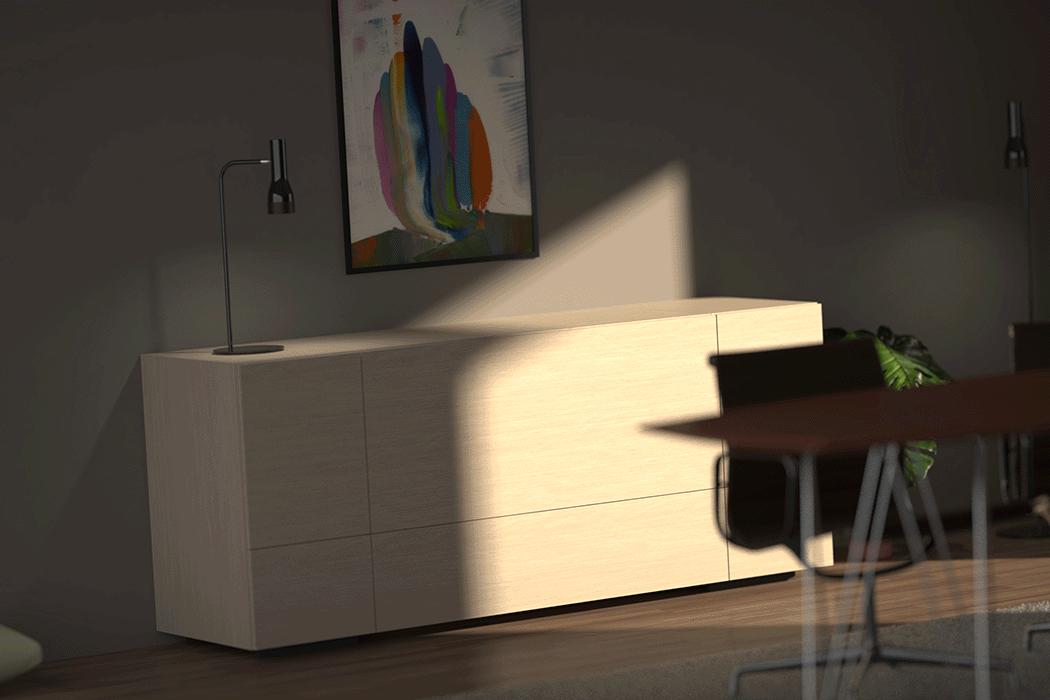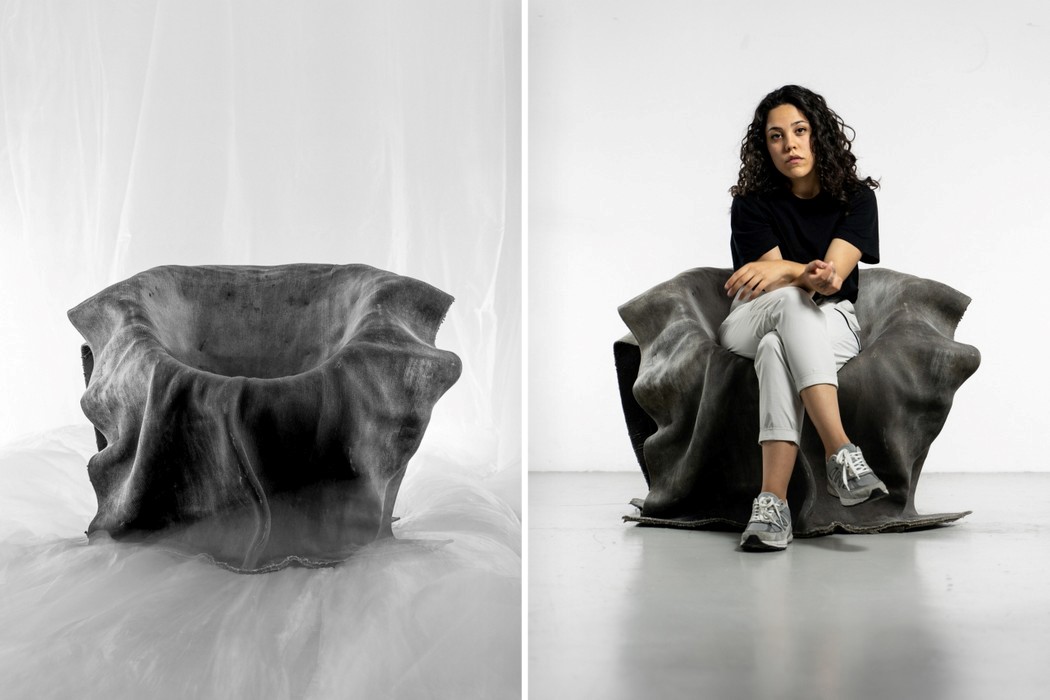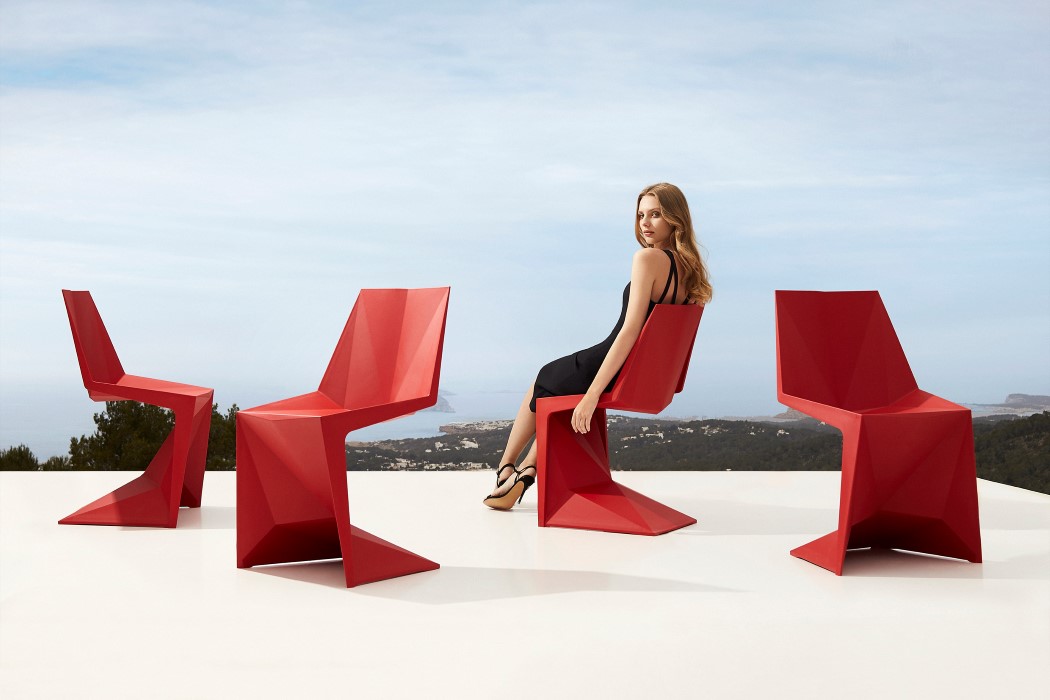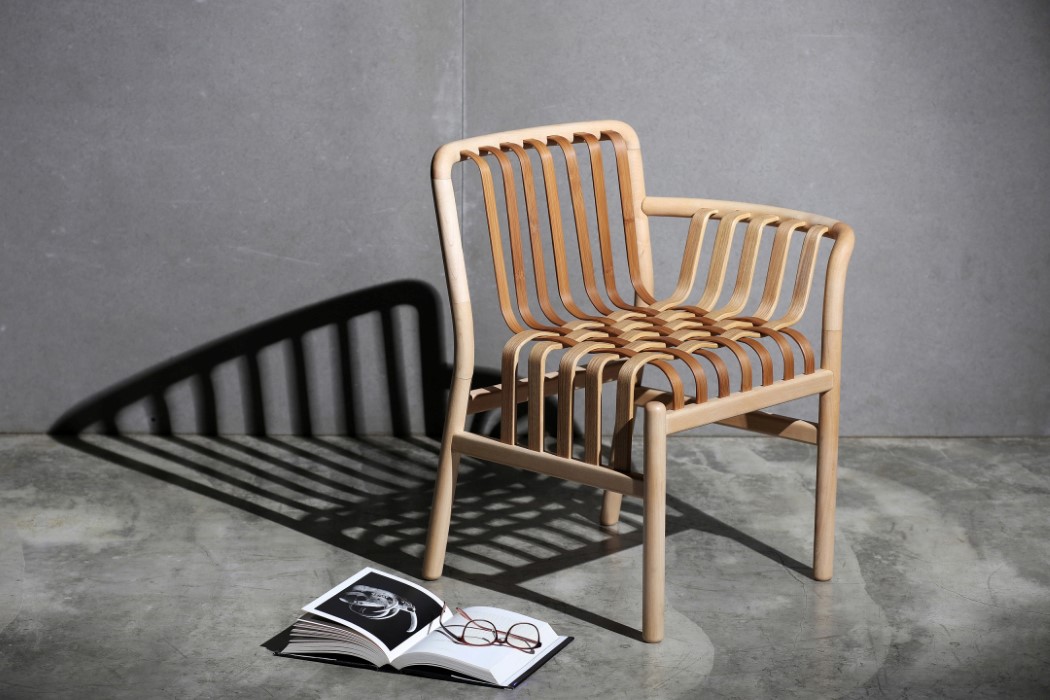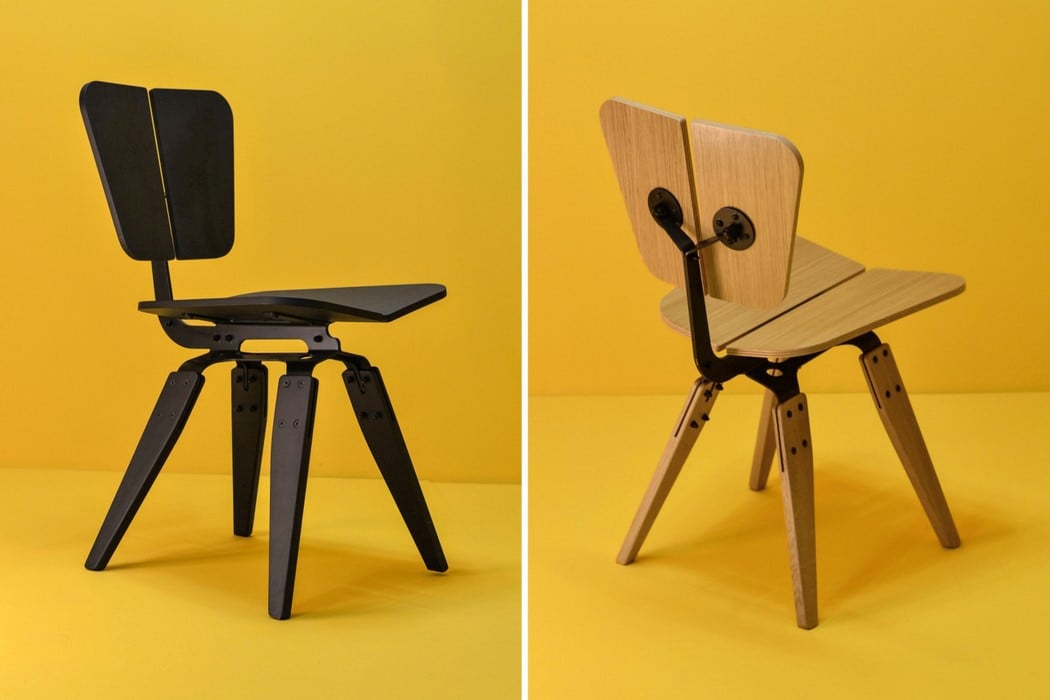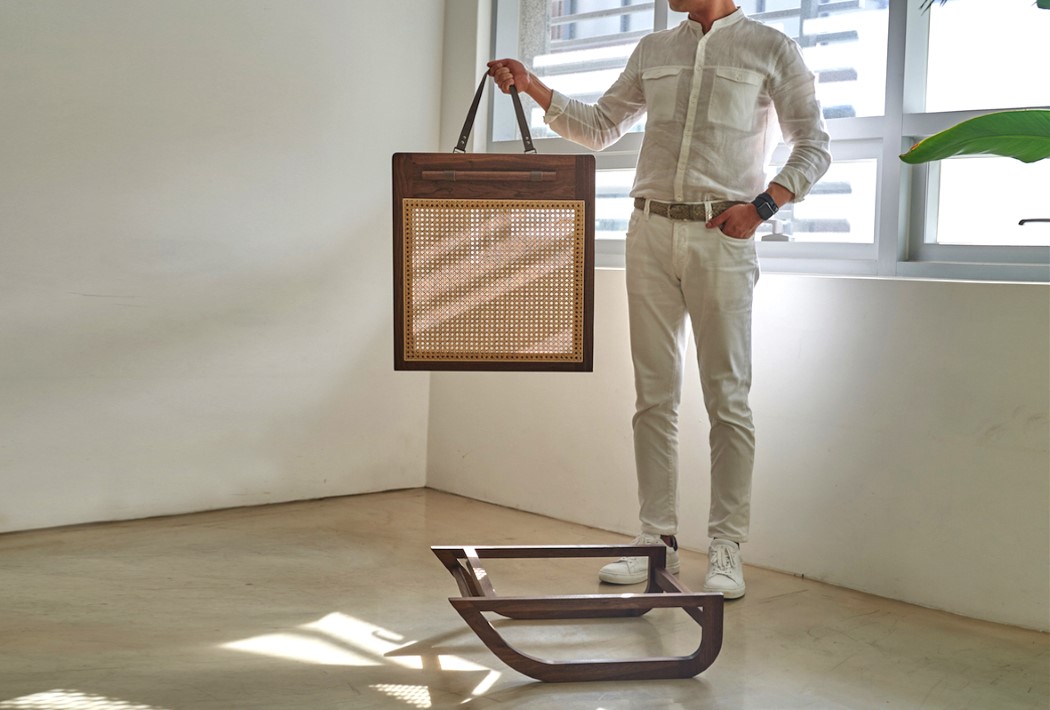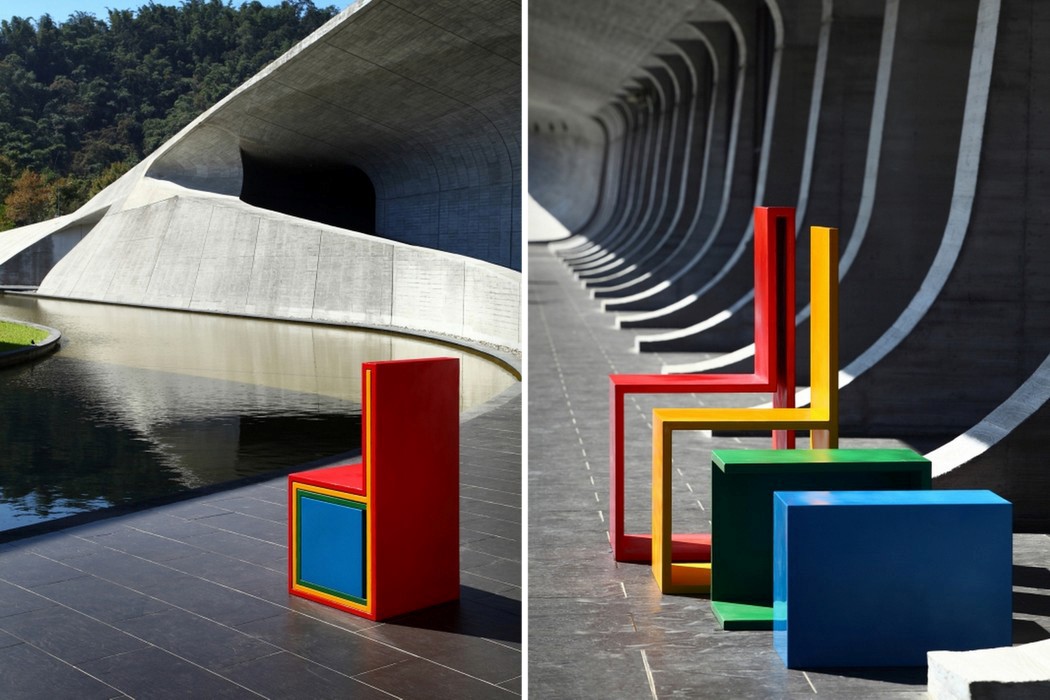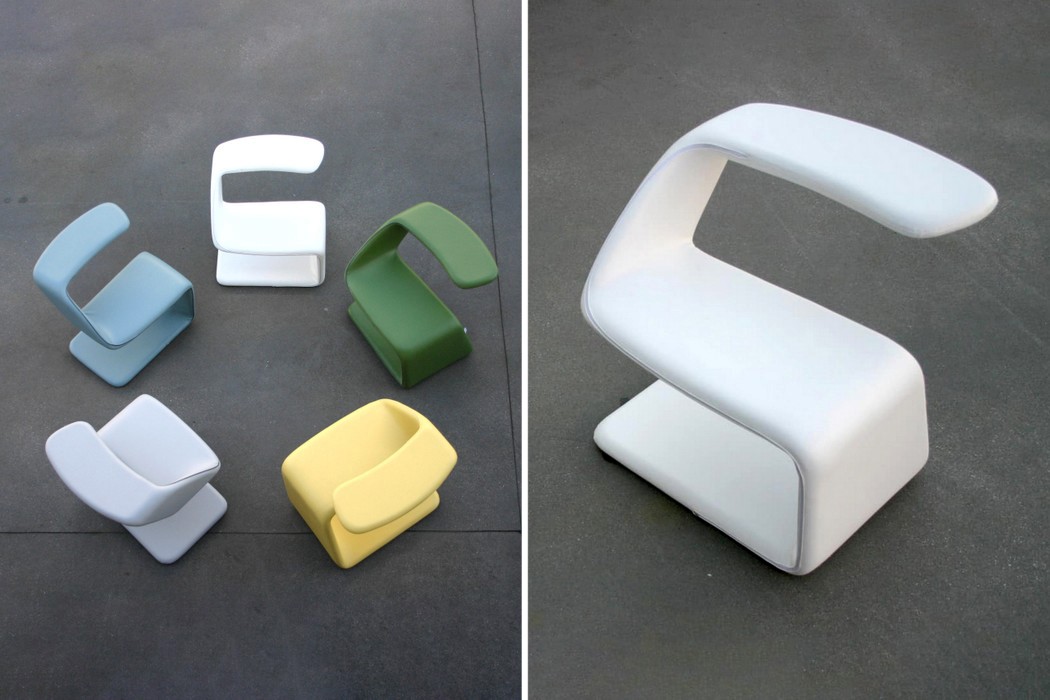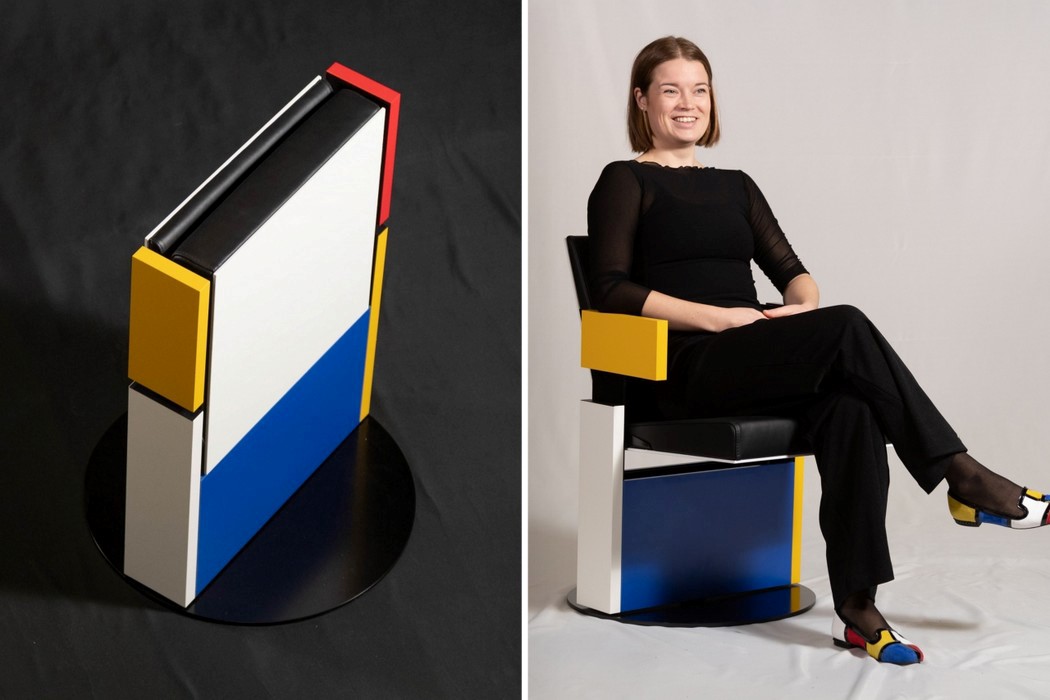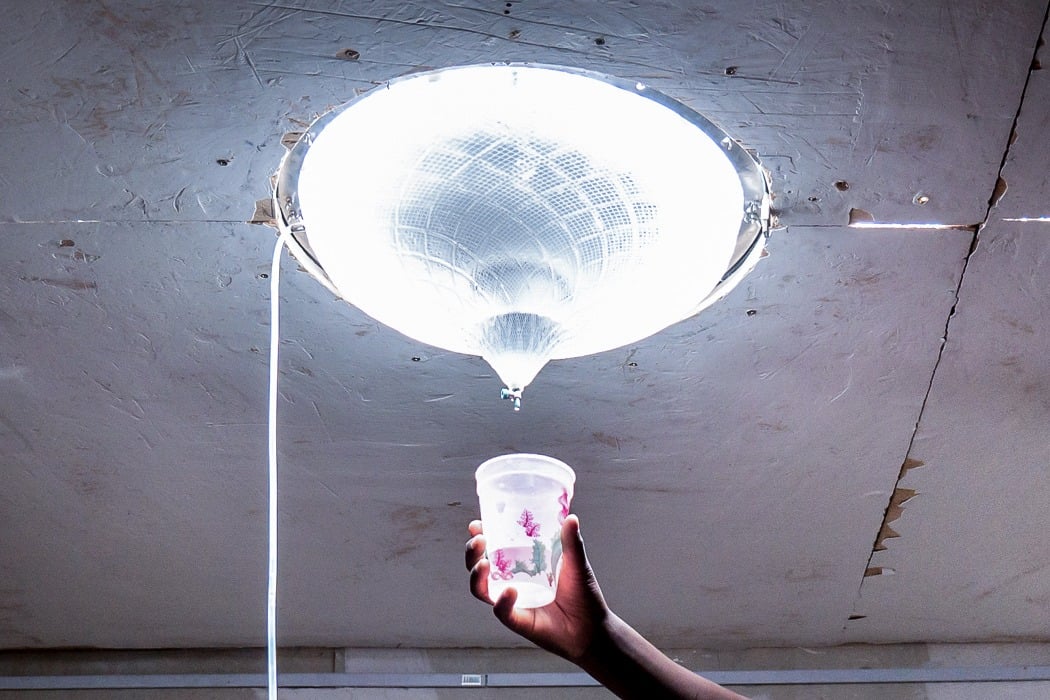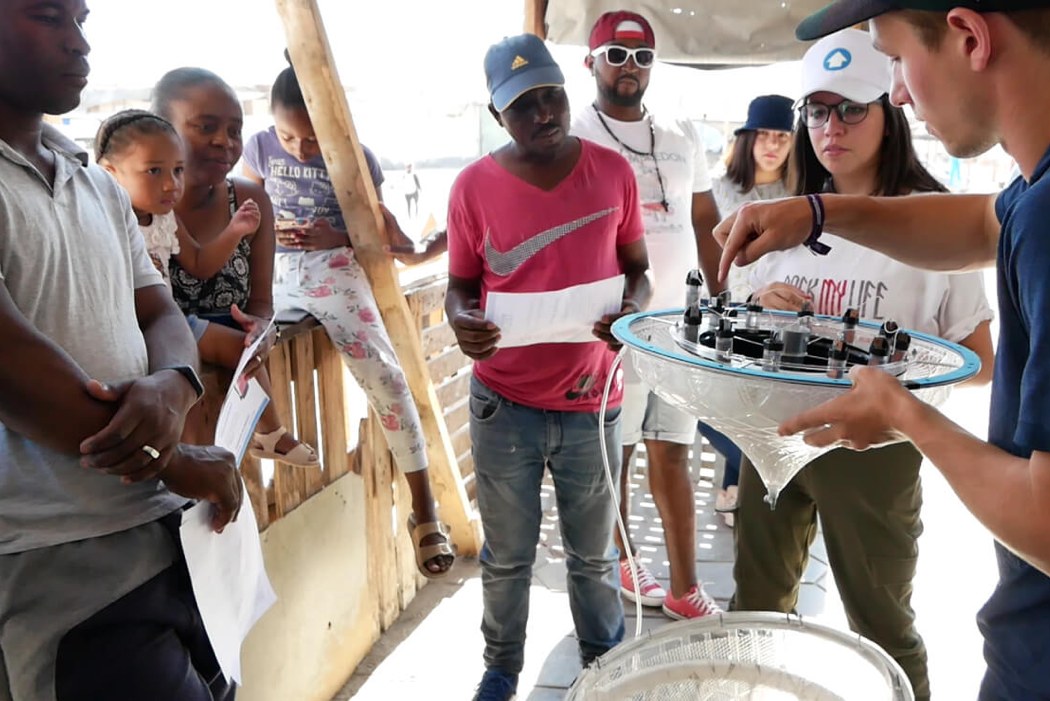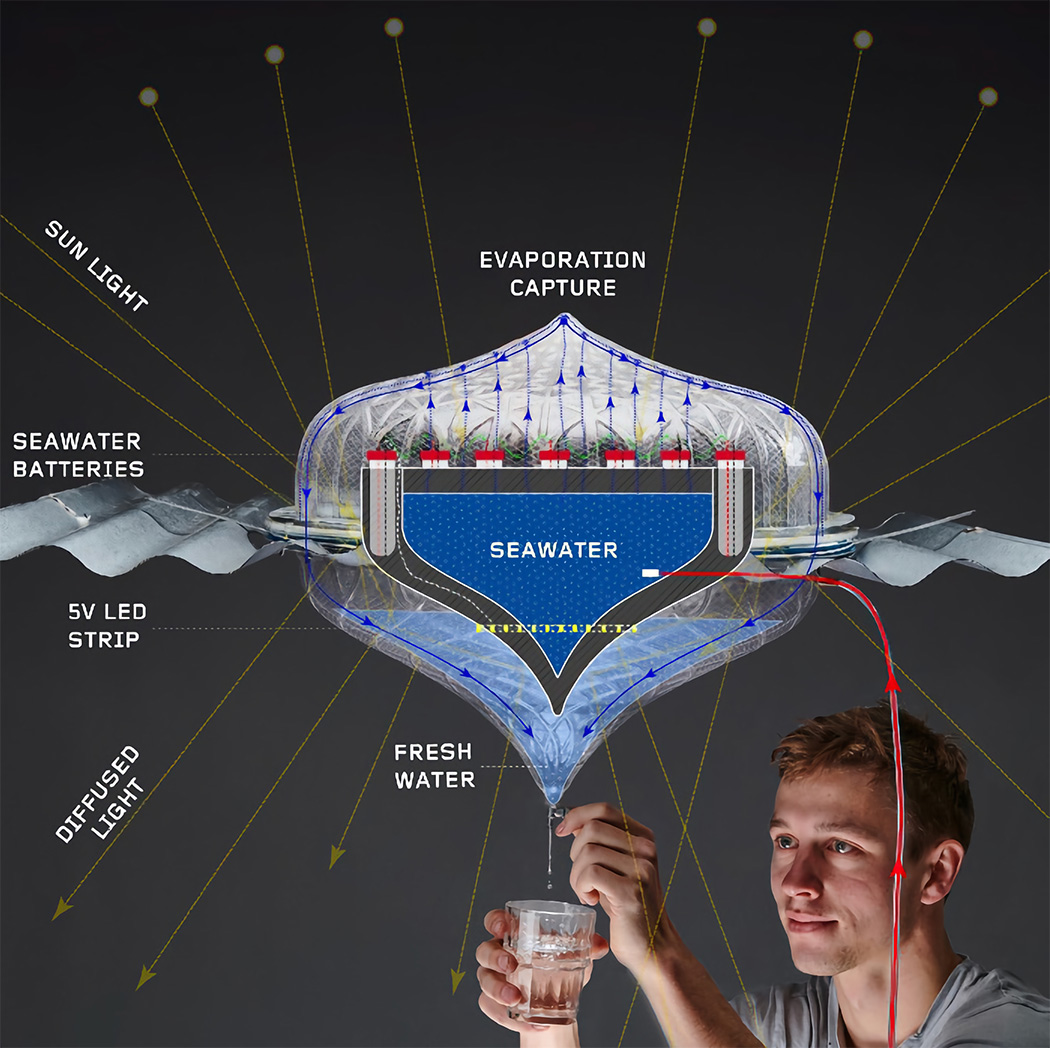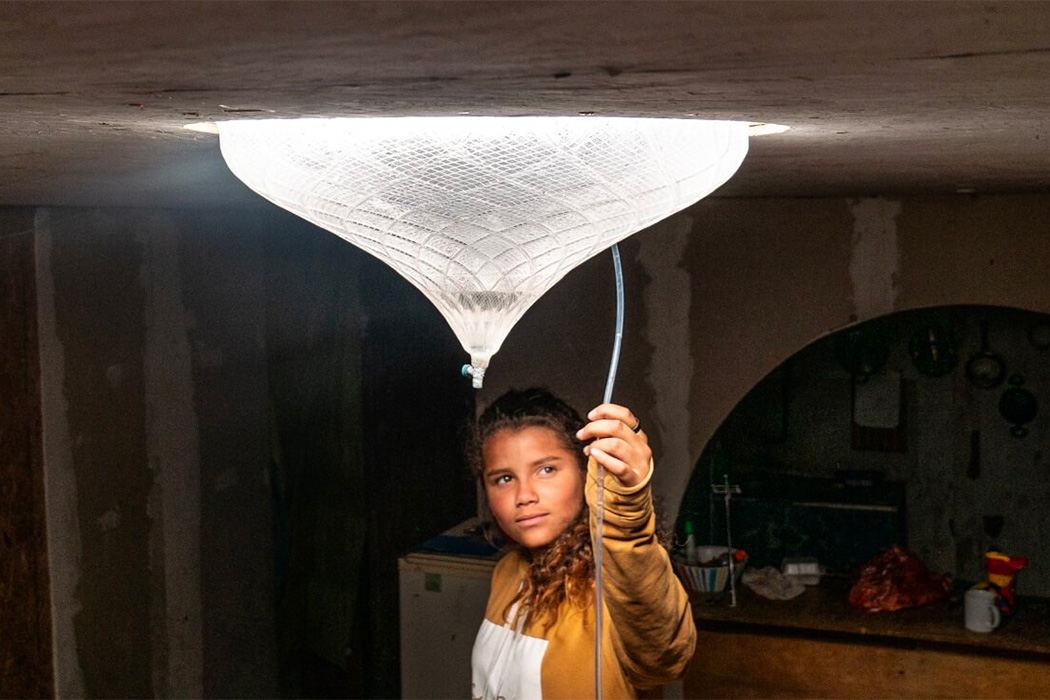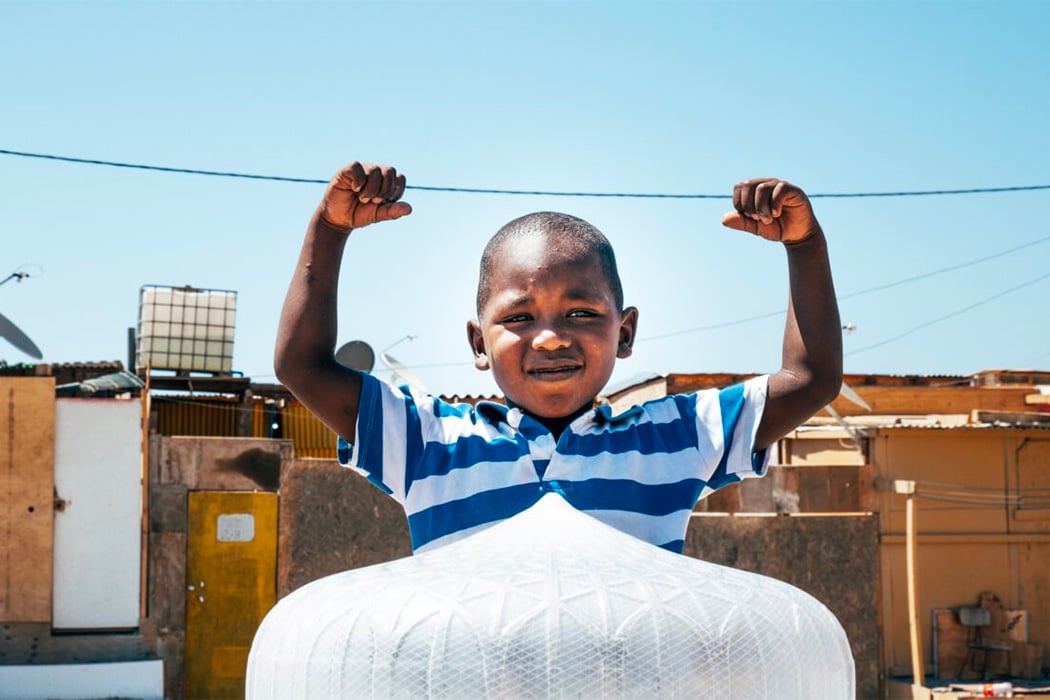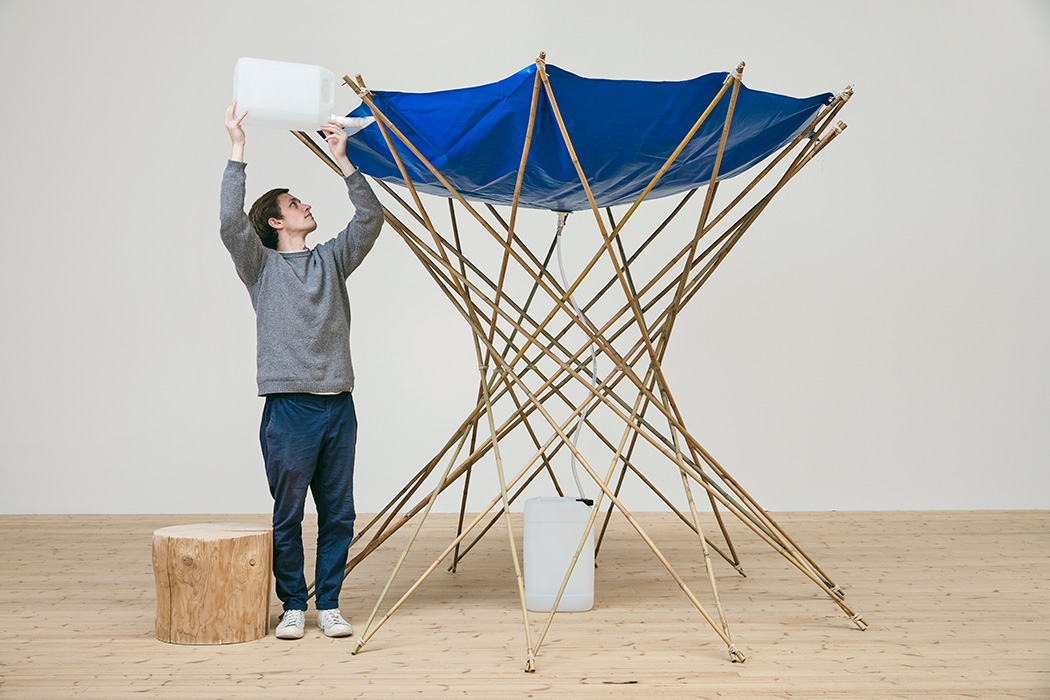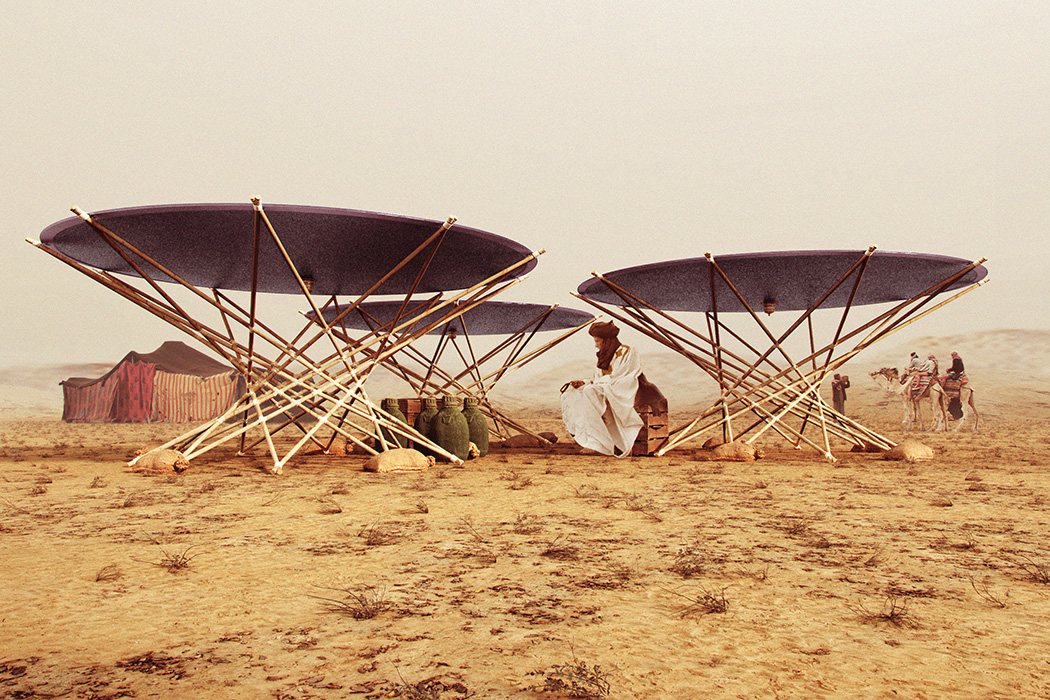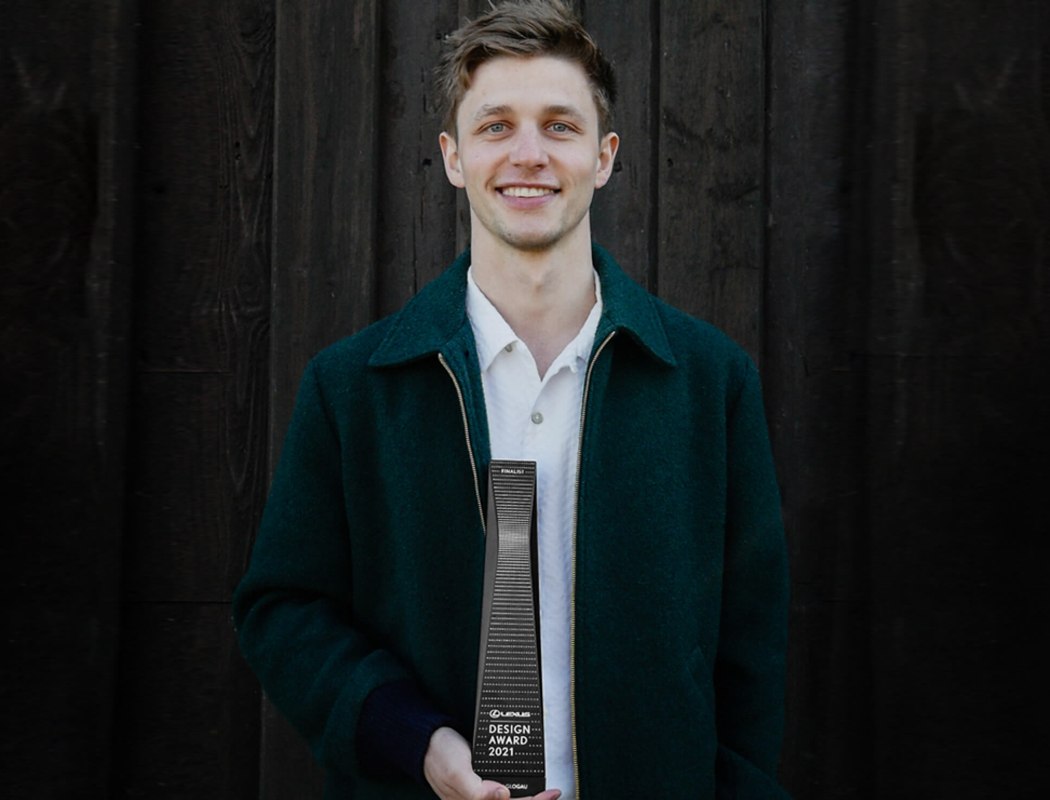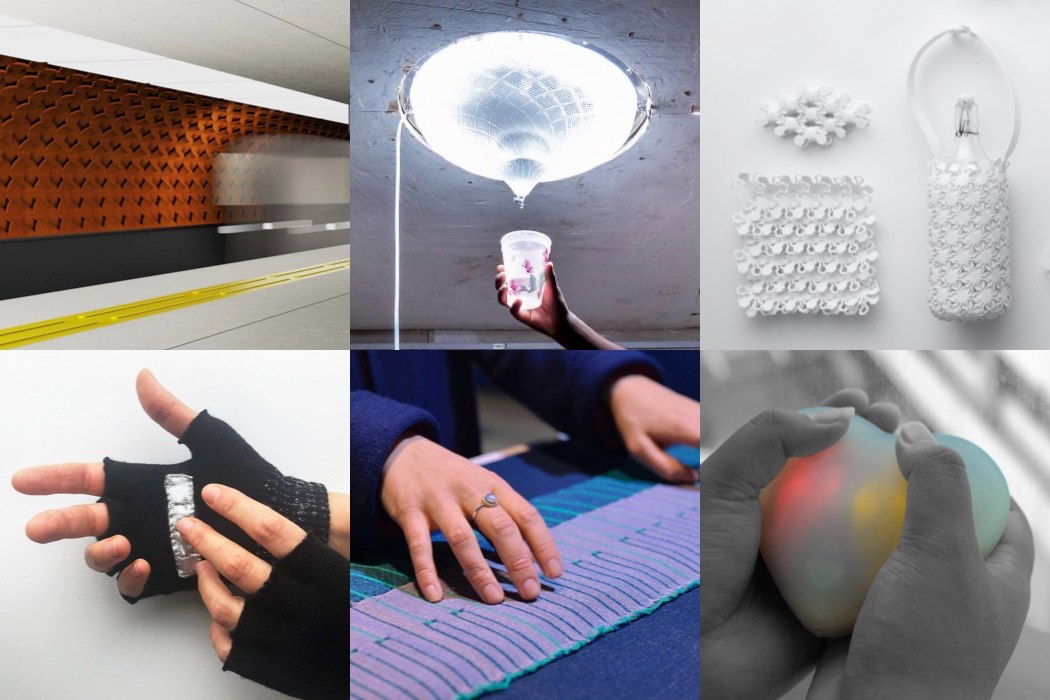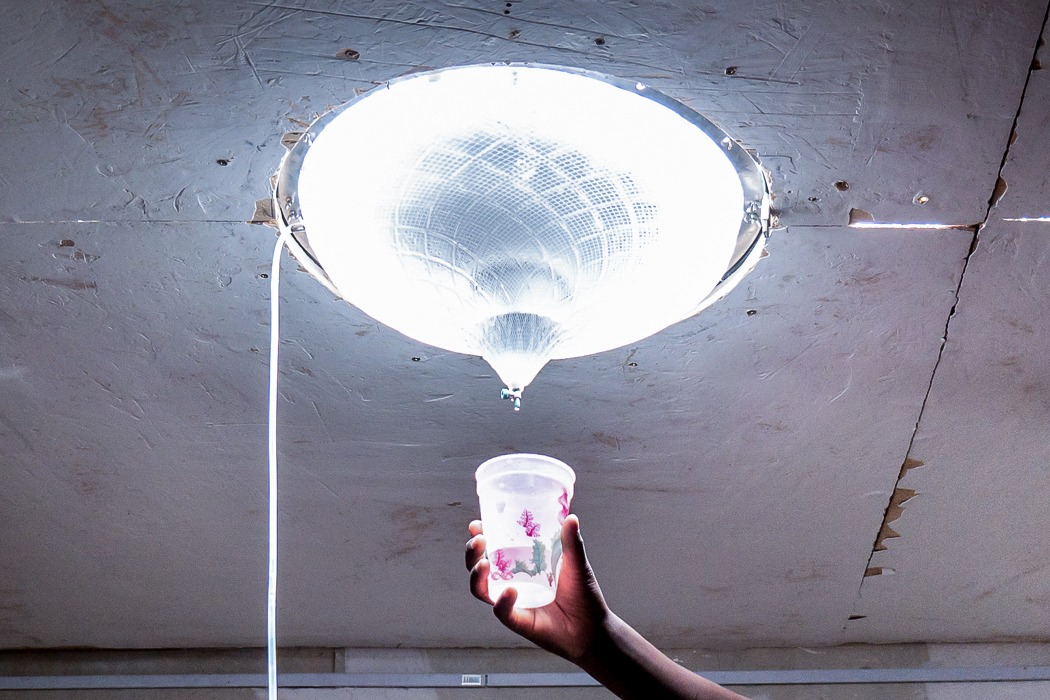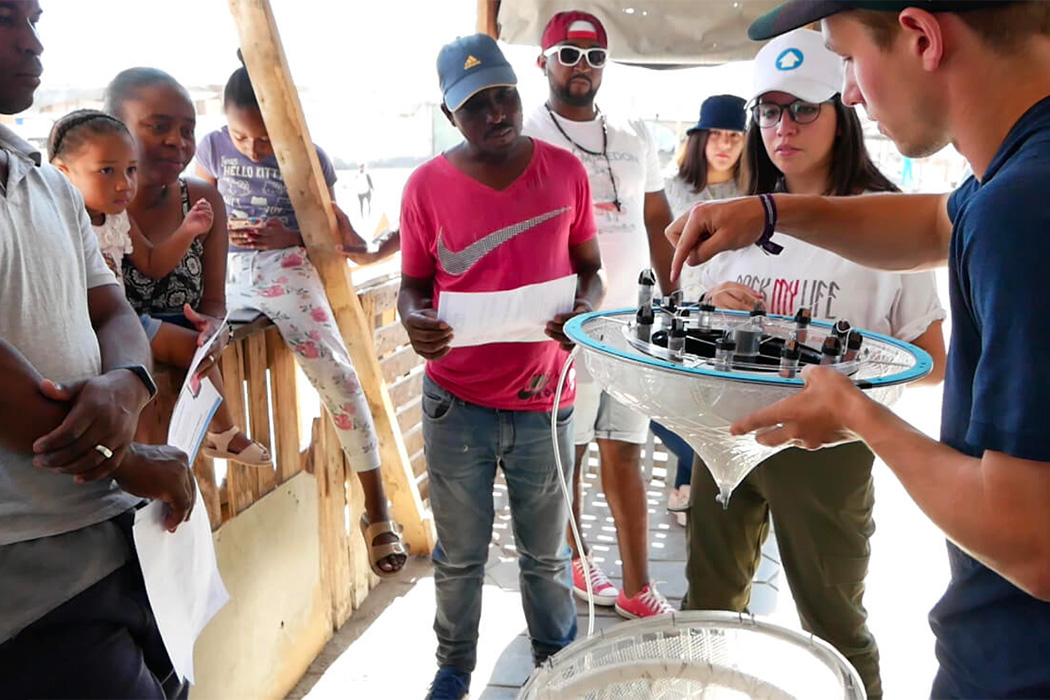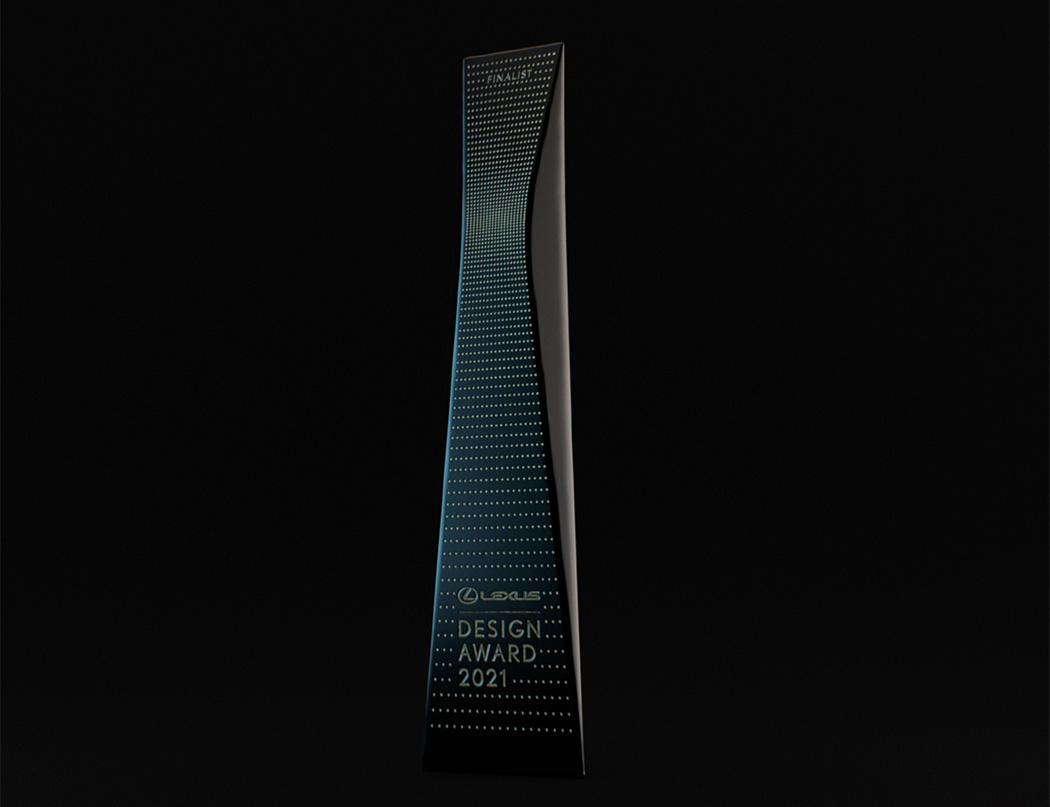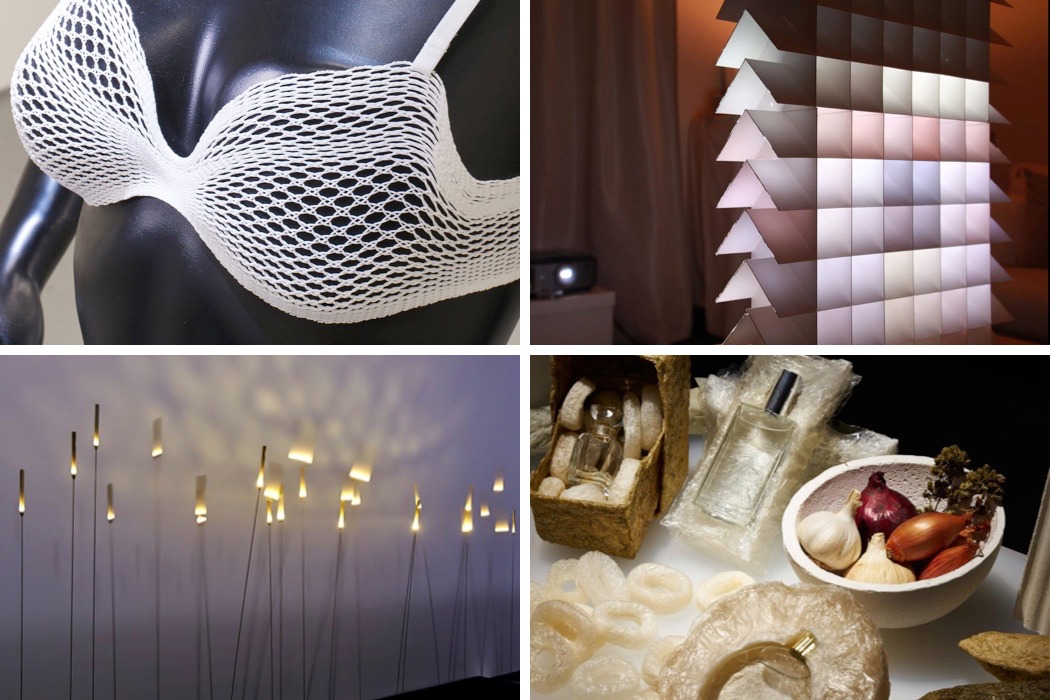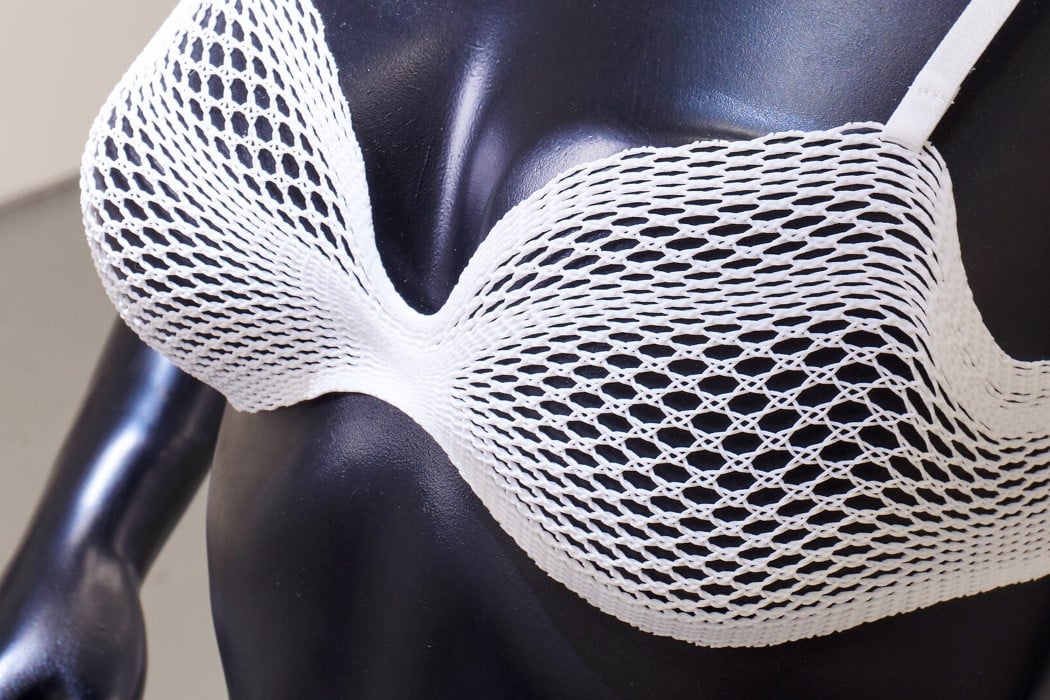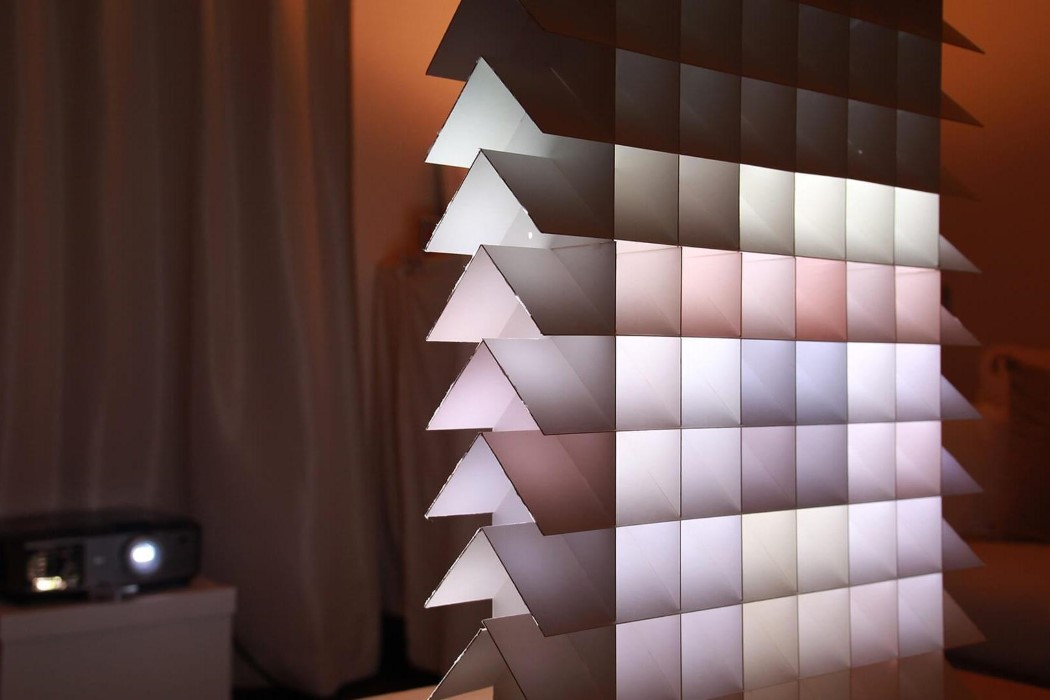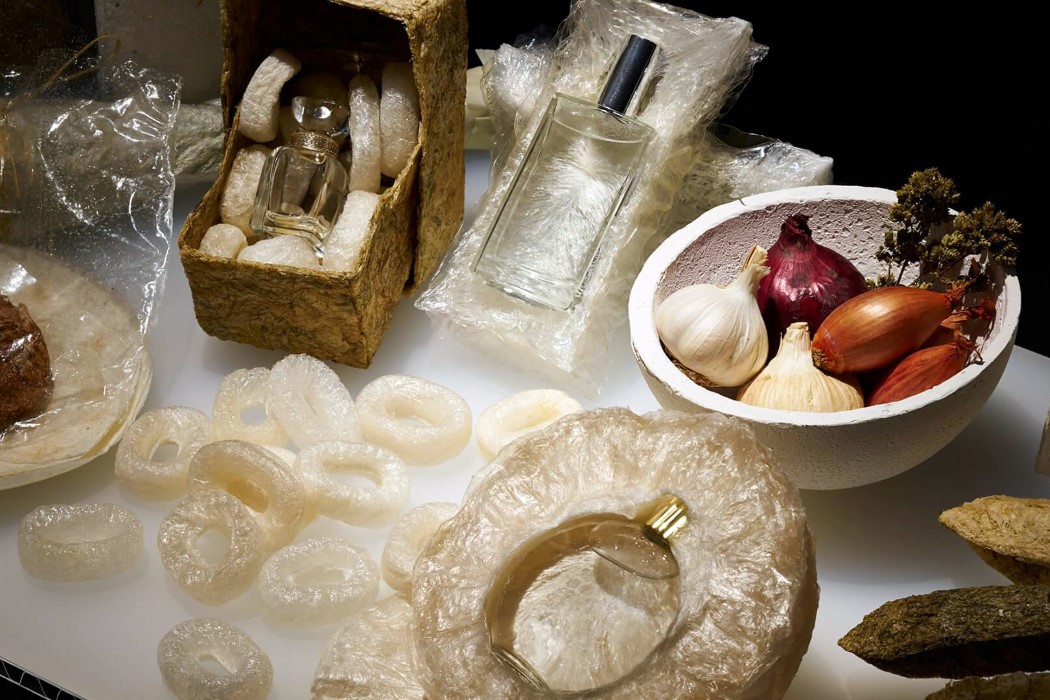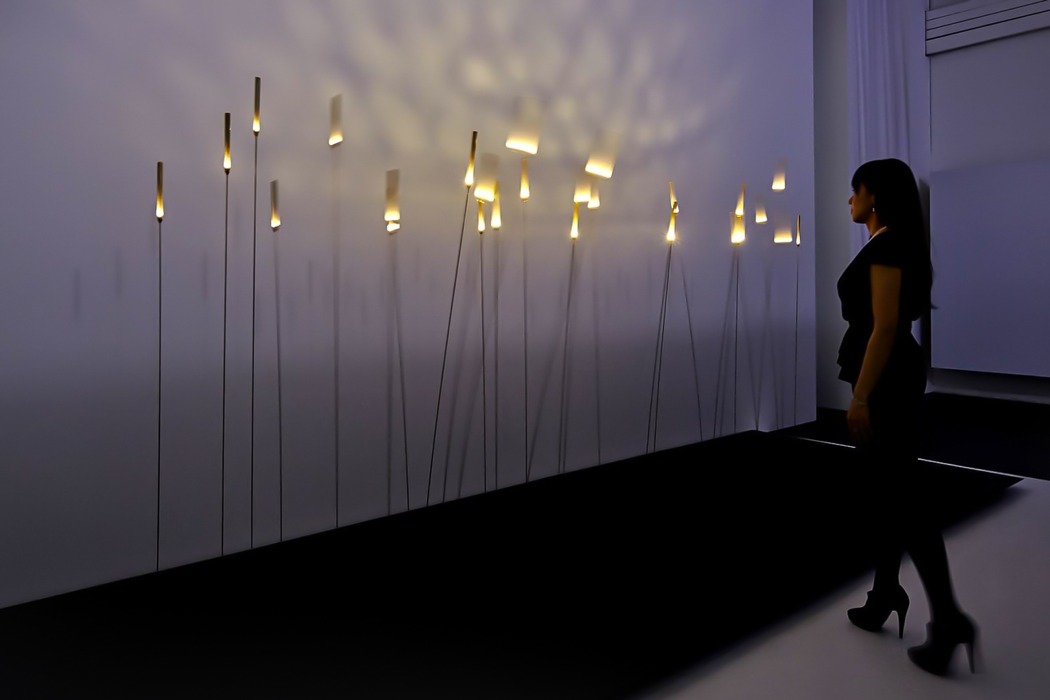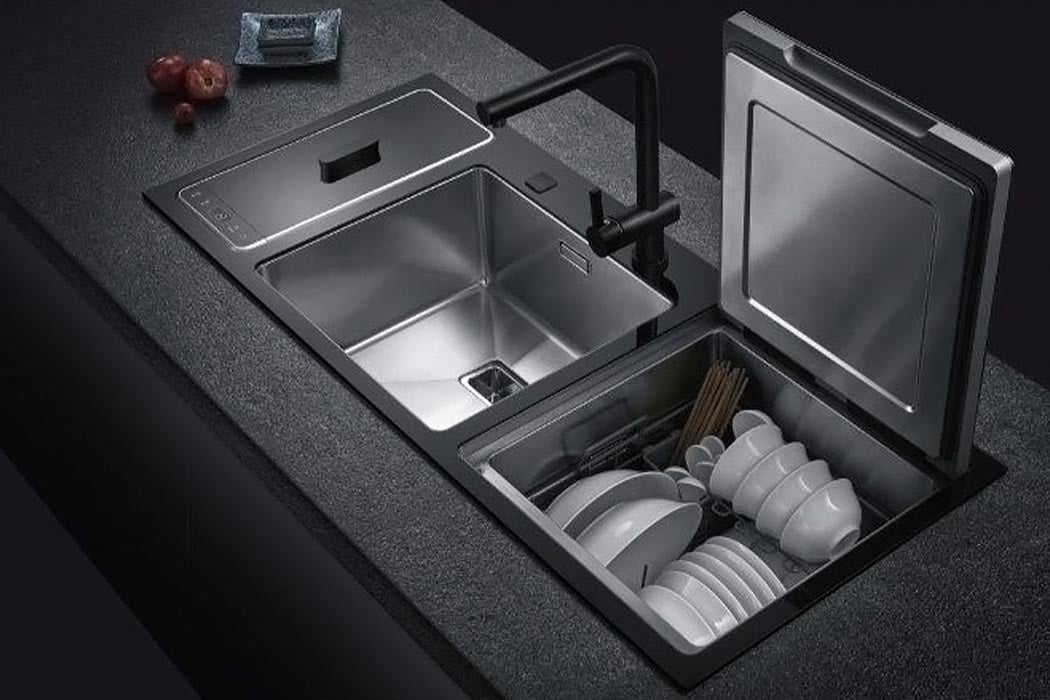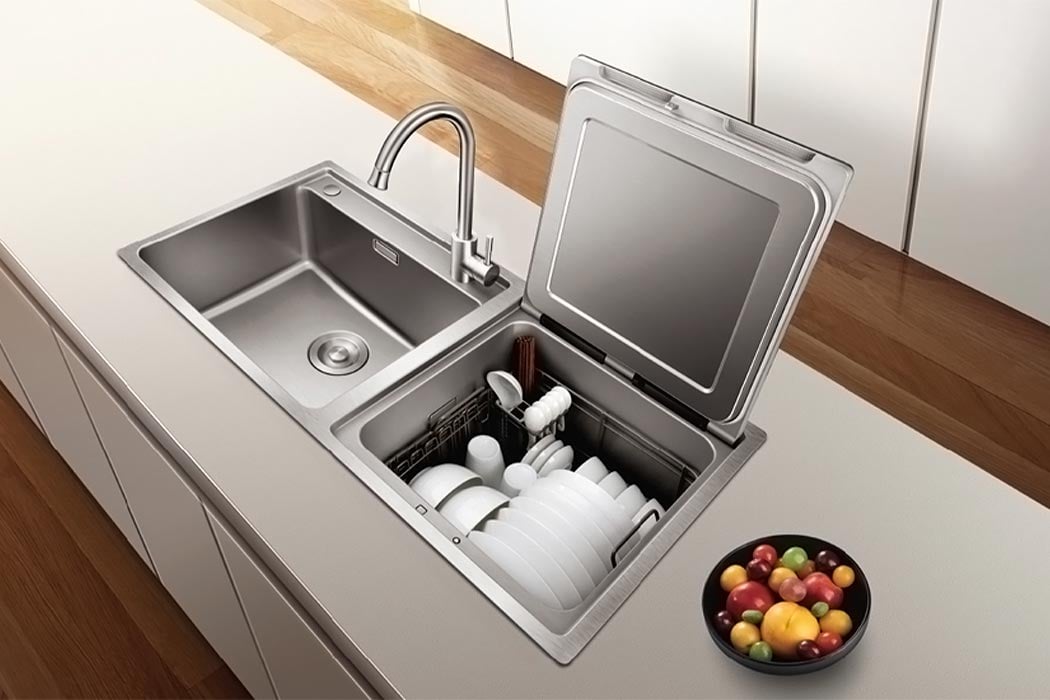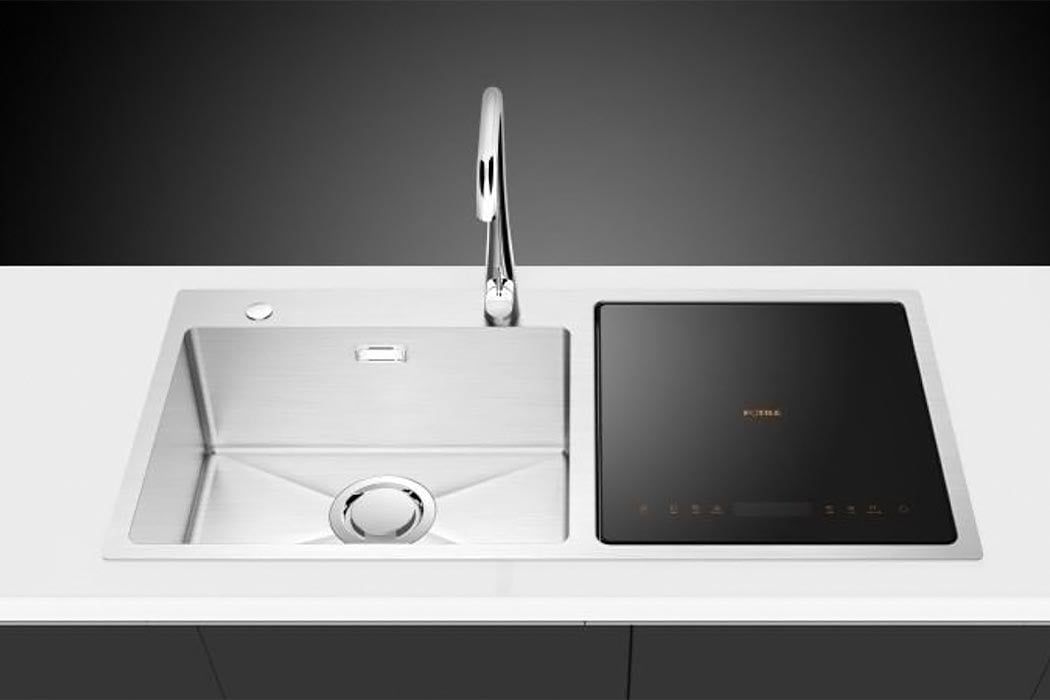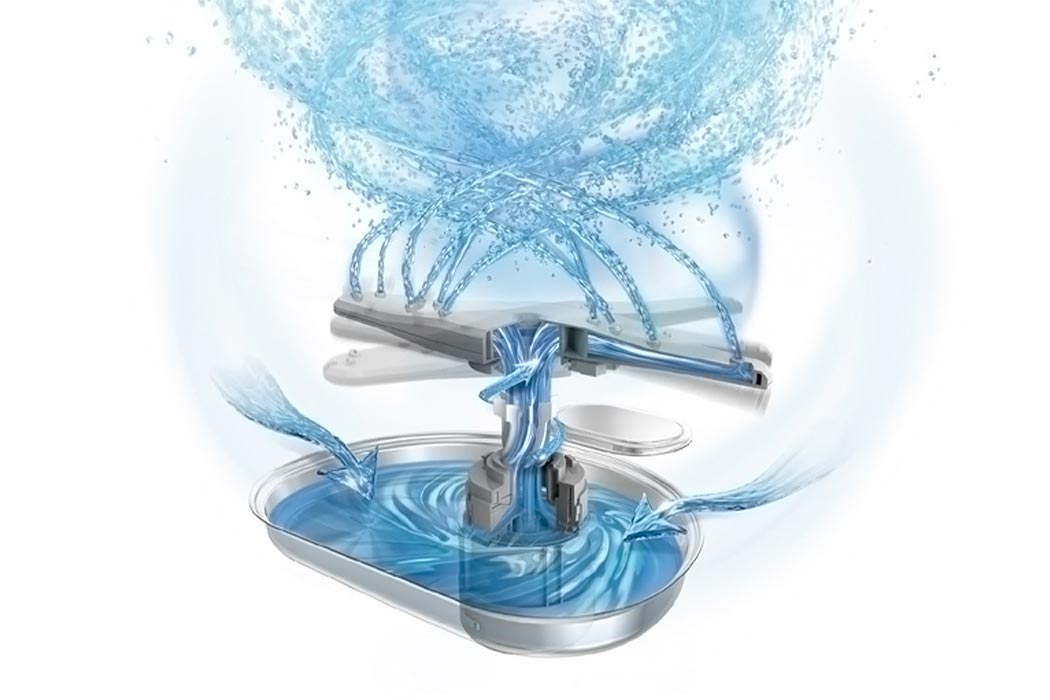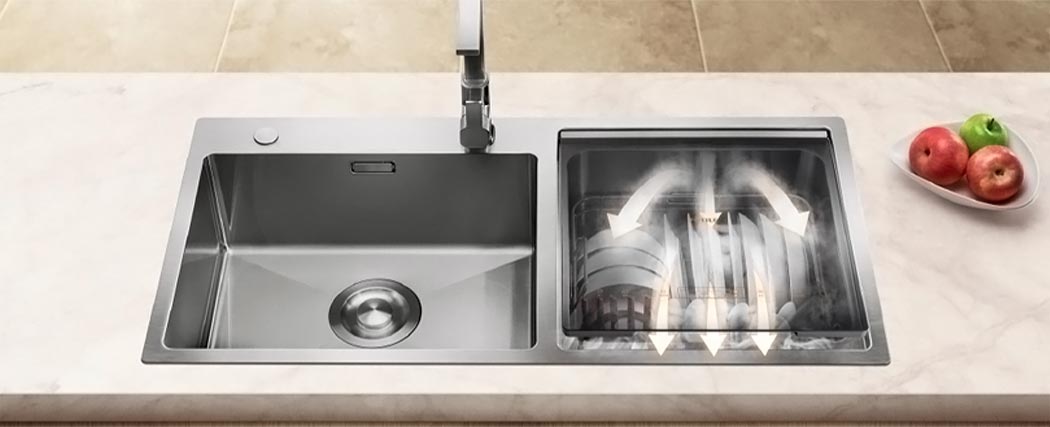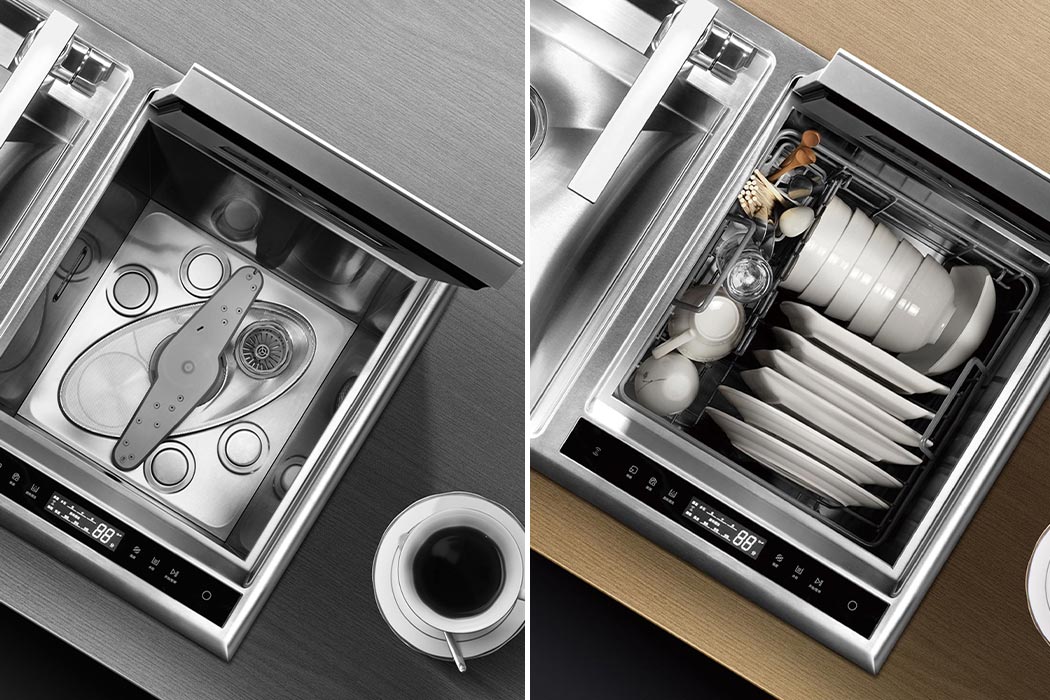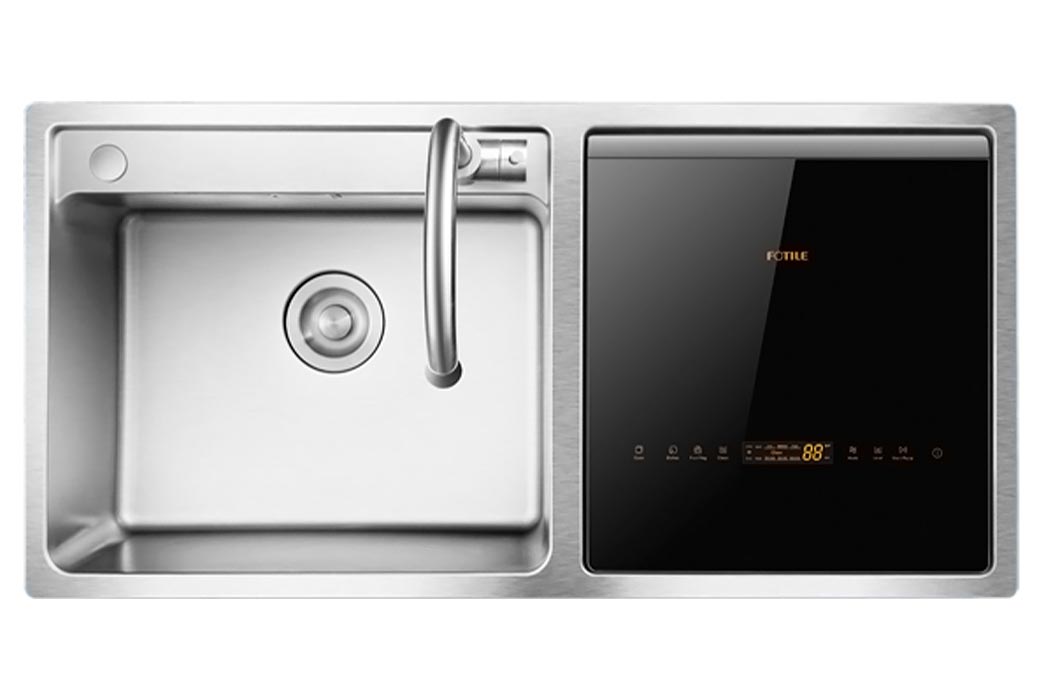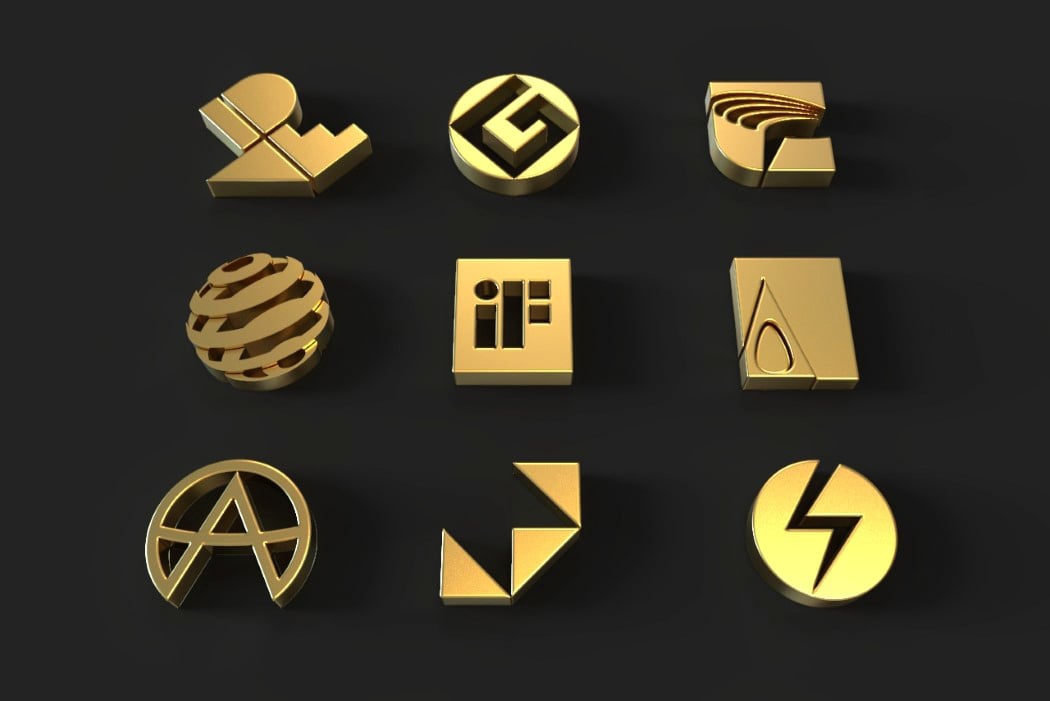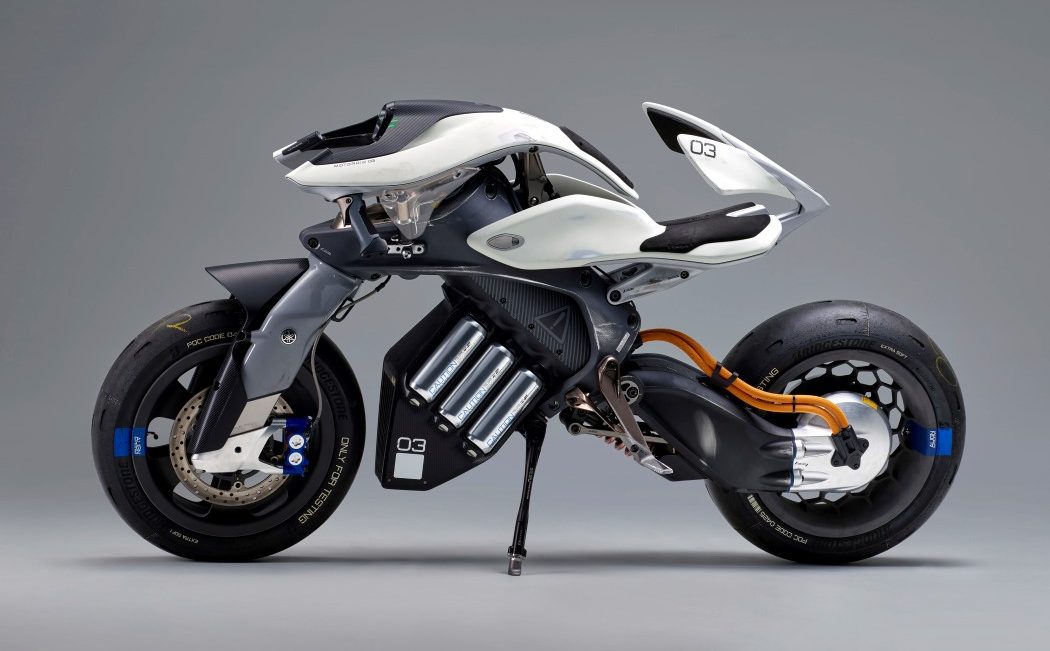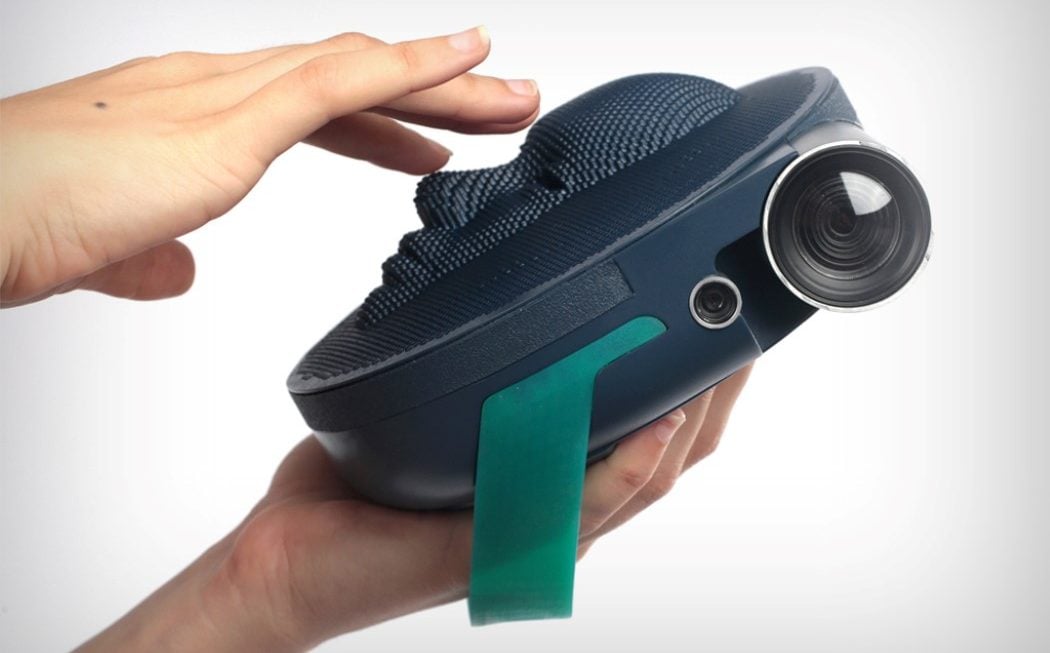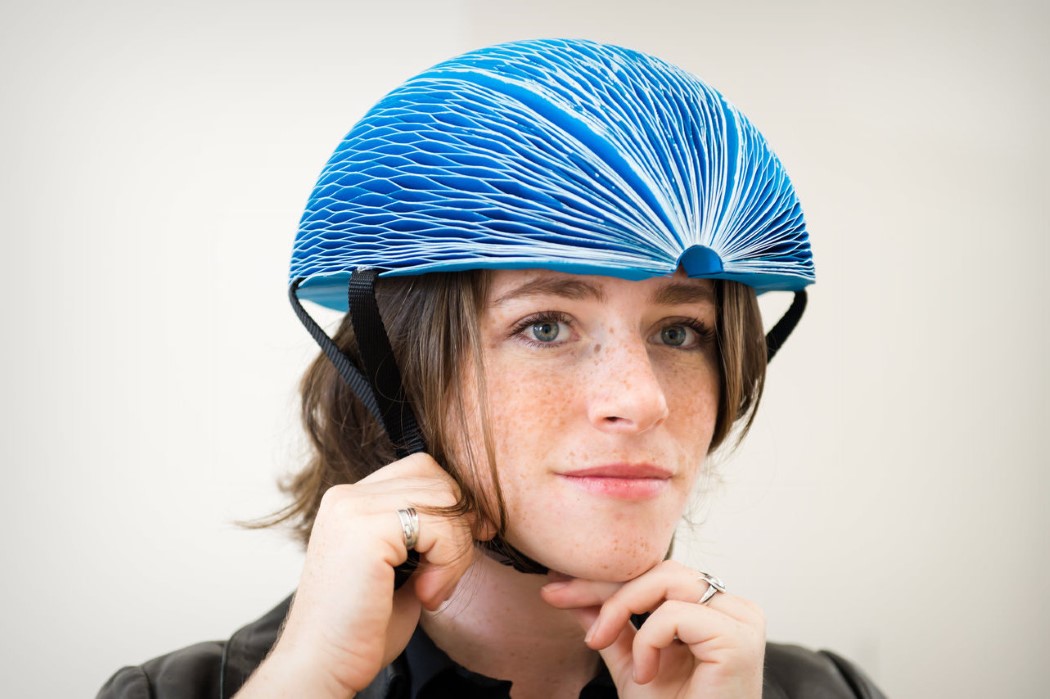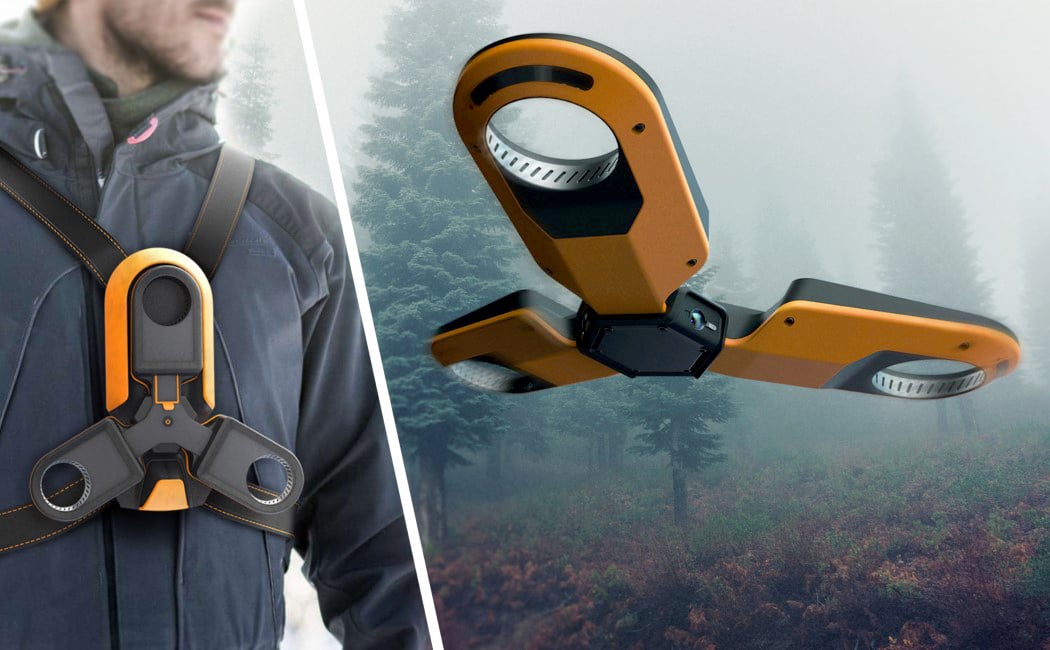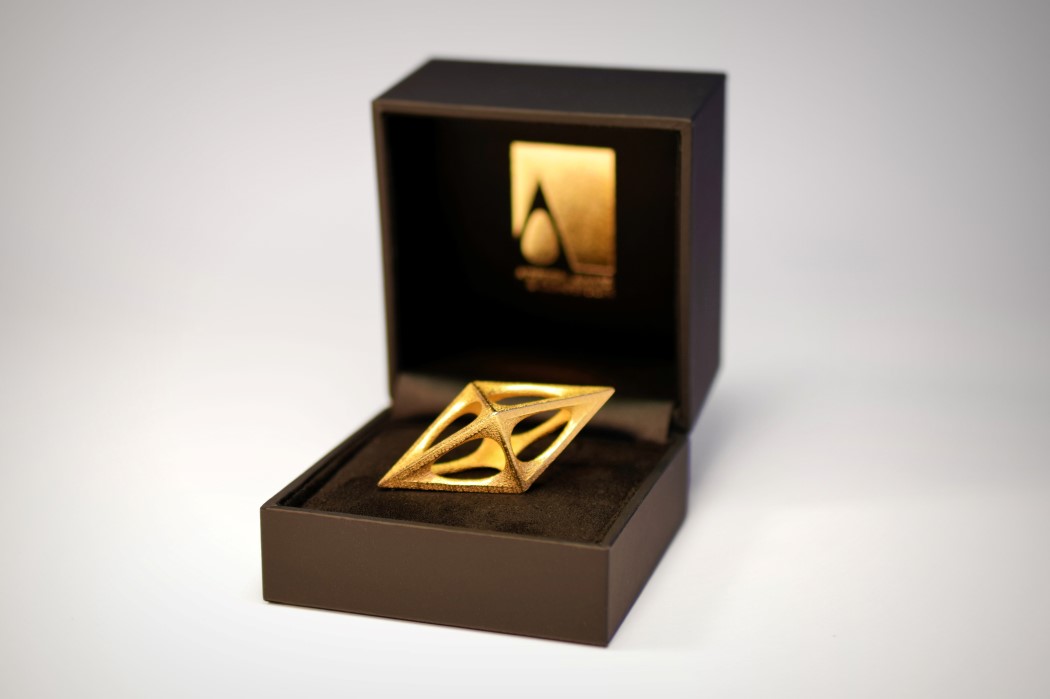If we’re going to spend an entire year at home, at least give us great furniture, am I right?? Well, the SIT Furniture Design Award was initiated to scout and reward just that – furniture that breaks all boundaries and reinvents the category with fresh approaches and new ideas. The award accepts submissions from all around the world with the aim of recognizing good design within the furniture and interior categories while even highlighting trends and rewarding emerging talent.
SIT focuses on “Seat and Beyond”, rewarding strategic thinking and imagination which goes into making great equipment. The award has even created a digital “Innovation Center” focusing every year on a topic highlighting invention, look at today’s challenges, and how to overcome them. Designs are selected and judged by an esteemed jury panel of creative minds and leaders in the Industrial Designers world. Winners selected by the jury win a trophy, a Digital brochure featuring their entry, and an extensive digital marketing campaign to help propel their brand and their creative work forward. A special winner of the “Innovation Center” even receives a cash prize of $4000 to help them prototype their design and/or take it to production.
This year’s SIT Furniture Design Award winners cover the broad categories of furniture and interior design. Sitting on a wide spectrum between artistic and utilitarian, these designs aim at being creative, innovative, expressive, and solving a problem. Scroll down to see some of our favorite winning designs from this year’s SIT Furniture Design Award (including the Innovation Center Winner). If you’re a furniture/interior designer yourself, don’t despair! The awards are accepting entries for their 2021 edition – you can even snag yourself a 15% Early Fees discount if you submit your design before July 31st, 2021!
Click Here to See All the SIT Design Award Winners!
SecretAir by Wouter Myny
A winner of the “Innovation Center” award, the SecretAir is a magical wooden block that transforms right into a completely detailed workspace whenever you need. The design brief for the SecretAir was simple: A high-end home office solution that’s comfortable and practical during working hours, invisible after work. The office space finds a way of being both discreet as well as feature-rich at the same time. The main flap stays closed to keep your important papers and your laptop/desktop enclosed when you’re not working. However, open the flap up and secure it using its built-in magnets and you have a large, customizable workspace that accommodates all your belongings and needs without eating too much into your room’s floor space. As a winner of the “Innovation Center” award, SecretAir’s designer Wouter Myny will receive a prize of $4000 to help build a prototype of his winning design.
MEMORIA Chair by Sergio Sesmero
Looking like a piece of cloth draped on a chair (without the chair), the MEMORIA is a groundbreaking, avant-garde chair proposal that uses a concrete fabric to realize its unique, gravity-defying design. The material, generally referred to as Concrete Canvas, is a flexible fabric impregnated with concrete, which hardens when hydrated and forms a thin, durable, waterproof, and fire-resistant layer. The prototyping technique ensures each chair is unique in the way the chair looks and the fabric folds, along with a bespoke brutalist concrete texture on its surface. Looks really expressive, don’t you think?
Voxel Chair by Karim Rashid for Vondom
Designed to be low-poly as well as expressive, captivating as well as stackable, the Voxel Chair by Karim Rashid presents a unique structural shape – angular and faceted, only possible due to production by injection molding. Its weight is distributed in a balanced way due to its smartly designed shape. Its lightweight body makes it easy to transport and arrange. The armchair is a minimal simple yet voluminous stackable chair that is faceted just in the perfect places for comfort, just in the right angles for hyper-strength. Made of injected polypropylene with fiberglass, the Voxel chair comes in multiple colors and is equally appealing indoors as well as outdoors.
Lattice Chair by Kuan Design Studio
With a name that perfectly describes the chair’s visual style, the Lattice Chair is an interesting single-arm-chair made from interwoven strips of wood. Designed for comfort as well as for that interesting aesthetic, the chair comes with a single armrest, allowing you to sit with complete postural flexibility. Its cushion is made from high-quality Taiwanese bamboo strips, known for their excellent toughness. The result is a chair that weighs a mere 4 kilos, but can take up to 120 kilos of weight.
DCP Chair by Corvin Cristian Studio
The DCP Chair’s split-seat design reminds me of Herman Miller’s Osso chair, although designer Corvin Cristian describes his design as a “steampunk take on Eames, Calder and Prouve meets nostalgia for the heavy-duty workshop furniture.” The chair, which can be found in quite a few cafés and restaurants in Bucharest, comes with solid local ash legs, a metal structure, and an ash plywood seat and backrest. The chair is often also accompanied by a matching table with a similar design approach.
Raw Low Stool by Artl
With the proportions of a tiny sled, the Raw Low Stool is a neat, portable, wood and wickerwork stool that can be disassembled and carried around anywhere. Made for the nomadic bend of mind, the stool embraces a sense of flexibility in modern life. The Raw Low stool is made of hardwood and the two parts come together with a mortise and tenon joinery. When separated, the individual parts can easily be carried around by hand, with the wicker and wood seat slinging across your shoulder thanks to a nifty strap!
A Chairs by Yi-an Hung
4 chairs, 4 colors, one nesting design! With its matryoshka-doll nesting ability, the ‘A Chairs’ goes from one chair to two chairs and two stools. Everything nests into the larger red chair, making it easy to store and transport around… but if you ever need a footrest for yourself and a friend, or seating for 4 people, the design ‘explodes’ into multiple furniture units! And it looks absolutely vibrant too!
Sissi Chair by Michele Franzina
What’s unique about the Sissi chair is that it blurs the common archetype of seating design. It doesn’t come with a traditional seat and 4 legs, but rather is made of a singular ribbon-like surface that assumes the role of the chair’s parts while still looking like a magical strip you can sit on. Made from stress-resistant polyurethane foam on a tubular metal frame, the chair’s unique design features a multifunctional upper segment that can be used as a backrest, a single arm-rest, or even an attached table for your laptop as you work. Talk about breaking stereotypes!
Mono Chair by Philip Kronqvist for Hamari Auditorium
Designed originally for theaters and cinema halls, this Piet Mondrian-inspired chair is a marvel of design and engineering! Titled the Mono, it exists as a 4.7-inch thick monolithic slab when closed, but unravels into a cinema-style seat with armrests when you pull it open. A unique lever mechanism for the seat and armrests makes them rise synchronously by one movement, and its slim, collapsed shape provides extra space and allows more chairs to fit into a given area. The only thing missing? A place to rest your drinks and popcorn! Watch the chair in action below!
Click Here to See All the SIT Design Award Winners!
